

Bad Hombres: The Most Traveled Migration Route on Earth(2022)
Bad Hombres explores the most heavily used migration route on Earth. Journalist Stef Biemans traveled between Guatemala and the US to see what the so-called 'bad hombres' hope to find in the USA. Who are the people who inspired the building of a wall on the Mexican border?
Movie: Bad Hombres: The Most Traveled Migration Route on Earth
Top 1 Billed Cast

Bad Hombres: The Most Traveled Migration Route on Earth
HomePage
Overview
Bad Hombres explores the most heavily used migration route on Earth. Journalist Stef Biemans traveled between Guatemala and the US to see what the so-called 'bad hombres' hope to find in the USA. Who are the people who inspired the building of a wall on the Mexican border?
Release Date
2022-07-24
Average
0
Rating:
0.0 startsTagline
Genres
Languages:
EnglishEspañolKeywords
Similar Movies
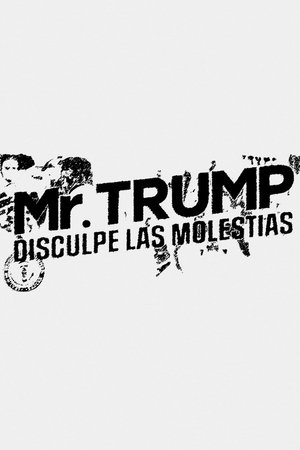 3.5
3.5Mr. Trump, Pardon the Interruption(es)
An analysis of the impact on the United States Latino community of immigration policies promoted by President Donald Trump.
 0.0
0.0Sometime, Somewhere(es)
Sometime, Somewhere sheds light on the challenges faced by Latino communities in Charlottesville, Virginia against the backdrop of immigration driven by factors like climate change, poverty, and drug-related violence.
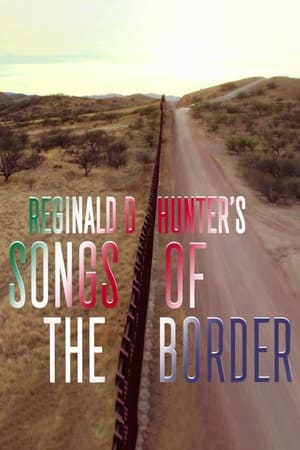 0.0
0.0Reginald D. Hunter's Songs of the Border(en)
Against the backdrop of President Trump's much-trumpeted wall, Reginald D. Hunter takes a 2,000-mile road trip along the US-Mexico border to explore how romance and reality play out musically where third-world Mexico meets first-world USA on this broken road to the American dream. Classic American pop and country portray Mexico as a land of escape and romance, but also of danger; Hunter explores the border music as it is today, much of it created by musicians drawn from the 36 million Mexican-Americans who are US citizens.
Rafi - O Documentário(pt)
Follows a week in the life of New York-based Brazilian stand-up comedian Rafi Bastos, as he gets from a gig to another, showcases the American comedy scene and prepares his first special in Chicago.
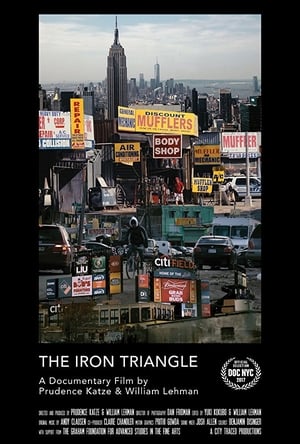 0.0
0.0The Iron Triangle: Willets Point and the Remaking of New York(en)
Targeted for several failed redevelopment plans dating back to the days of Robert Moses, Willets Point, a gritty area in New York City known as the “Iron Triangle,” is the home of hundreds of immigrant-run, auto repair shops that thrive despite a lack of municipal infrastructure support. During the last year of the Bloomberg Administration, NYC’s government advanced plans for a “dynamic” high-end entertainment district that would completely wipe out this historic industrial core. The year is 2013, and the workers of Willets Point are racing against the clock to forestall their impending eviction. Their story launches an investigation into New York City’s history as the front line of deindustrialization, urban renewal, and gentrification.
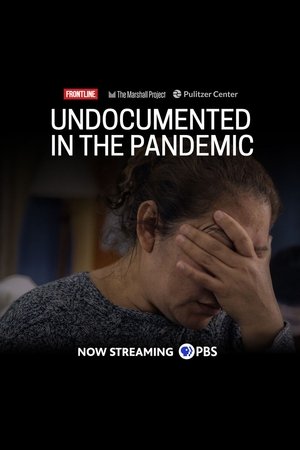 0.0
0.0Undocumented in the Pandemic(en)
With The Marshall Project and the Pulitzer Center, a look at one immigrant mother’s struggle to keep her children safe and housed, with her husband detained by ICE in a facility where COVID is spreading. Also in this two-part hour, Love, Life & the Virus.
Cowboy del Amor(en)
Documentary about Ivan Thompson, self-proclaimed "Cowboy Cupid" who matches up immigrant Mexican women with available American men.
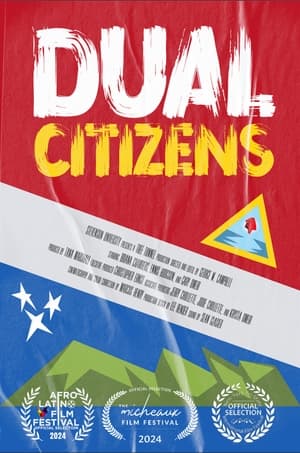 0.0
0.0Dual Citizens(en)
Three Nicaraguan-American artists from the Washington D.C. Metro area discuss growing up in two cultures and how it influences their art.
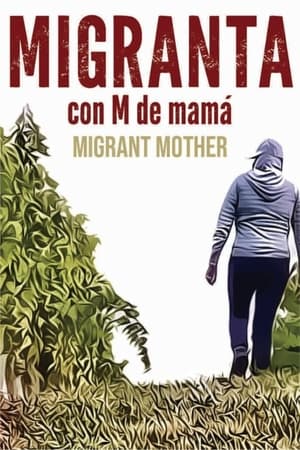 0.0
0.0Migrant Mother(en)
Migranta tells the stories of Vicky, Betty and Lety, (three mothers who have come to Canada from Mexico as part of the federal government’s Seasonal Agricultural Worker Program) as they face calculated risks, difficult choices and harsh realities while navigating, work and life in Canada while being separated from families and communities they support.
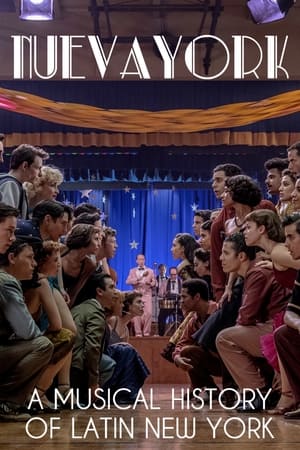 8.0
8.0Nueva York: A Musical History of Latin New York(fr)
When the film West Side Story was released in 1961, New York's reviled Puerto Rican community gained some visibility and, over time, both in Spanish Harlem and the Bronx, neighborhoods plagued by poverty, drugs and crime, Hispanic identity was reborn and strengthened, thanks to a syncretic and intentionally popular music that eventually conquered the entire city.
Carmela and the Walkers(es)
Carmela lives with her husband and eight children near the Ecuadorian-Colombian border. This 56-year-old Afro-Ecuadorian woman opened her home to provide free and temporary shelter for thousands who leave Venezuela on foot, hoping to find better days in other South American countries.
 6.4
6.4Quinceañera(es)
As Magdalena's 15th birthday approaches, her simple, blissful life is complicated by the discovery that she's pregnant. Kicked out of her house, she finds a new family with her great-granduncle and gay cousin.
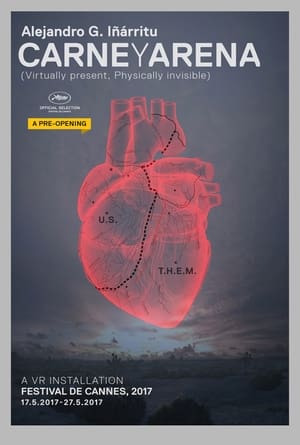 9.0
9.0Flesh and Sand(en)
Based on true accounts, the superficial lines between subject and bystander are blurred and bound together, allowing individuals to walk in a vast space and thoroughly live a fragment of the refugees' personal journeys.
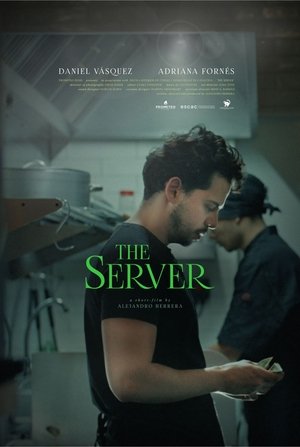 0.0
0.0The Server(es)
A newly arrived immigrant to the United States struggles to make money working as a server, but his inexperience and anxiety threaten to make him fail, forcing him to master the job in order to survive in his new home.
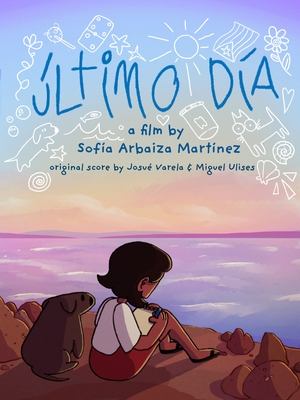 0.0
0.0The Final Day(es)
Yadira, a creative young Cuban girl, struggles packing on her final day home. Embarking on an immigration journey alone, her suitcase feels too small to carry everything her heart holds.
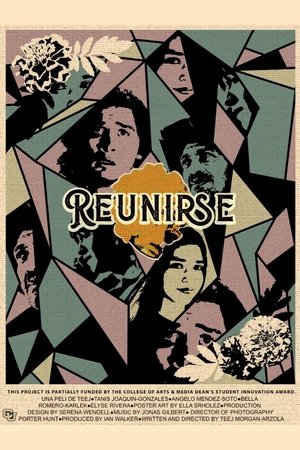 6.3
6.3Reunirse(en)
A Mexican farmhand migrates to America to better support his family, but his dream crashes to the ground when his wife and daughter can't meet him across the border.
 7.0
7.0Des traîtres dans la Résistance(fr)
In May 1943, Ernst Kaltenbrunner, the new head of the Reich Central Security Office, gave Hitler a report describing in detail the organization of the French Resistance. Indeed, during the Second World War, most of the Resistance networks had been infiltrated by traitors, the "V Man" (trusted men) in the service of the occupier. The Germans had established treason as a system and recruiting Frenchmen ready to inform on them was one of their priorities. It was these Frenchmen, whose number is estimated at between 20,000 and 30,000, who dealt terrible blows to the Resistance.
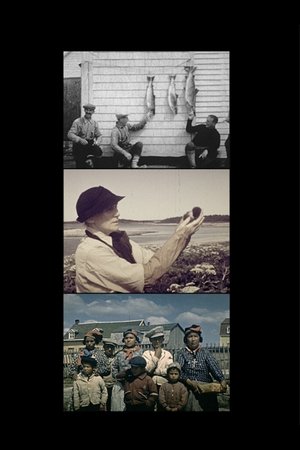 0.0
0.0Madame Fife, l'amour d'un village(fr)
For over thirty summers, Mrs. Fife, an exceptional woman of our time, lived in the village of Baie-Johan-Beetz, where her great gentleness and generosity left their mark on people. This documentary is therefore intended as a tribute: it brings together both numerous testimonies and a collection of archival films and photos, signed by Mary Fife.
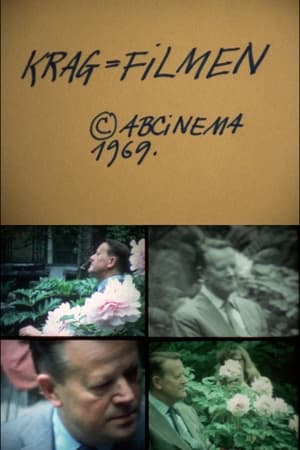 0.0
0.0Krag-filmen(da)
The ABCinema group dispatched Jørgen Leth to make the arrangements with Prime Minister Jens Otto Krag, who good-naturedly put himself at their disposal. Relaxing on a bench in the garden of Copenhagen's Royal Academy of Fine Arts, Krag is scrutinised by camera-wielding collective members almost like a model in a life-drawing class. Every possible angle, distance and framing is tried. The result is an image of the prime minister that is both fragmented and multi-facetted, describing his visual appearance as a man and an icon. At the same time, the ABCinema members film each other filming Krag, which gives the film a highly self-reflective character. Like "The Deer Garden," this is a film about a film being filmed. A showdown with the documentary portrait genre, "Jens Otto Krag" is devised according to the principle of keeping the material alive by not editing it but randomly piecing it together. (DFI)